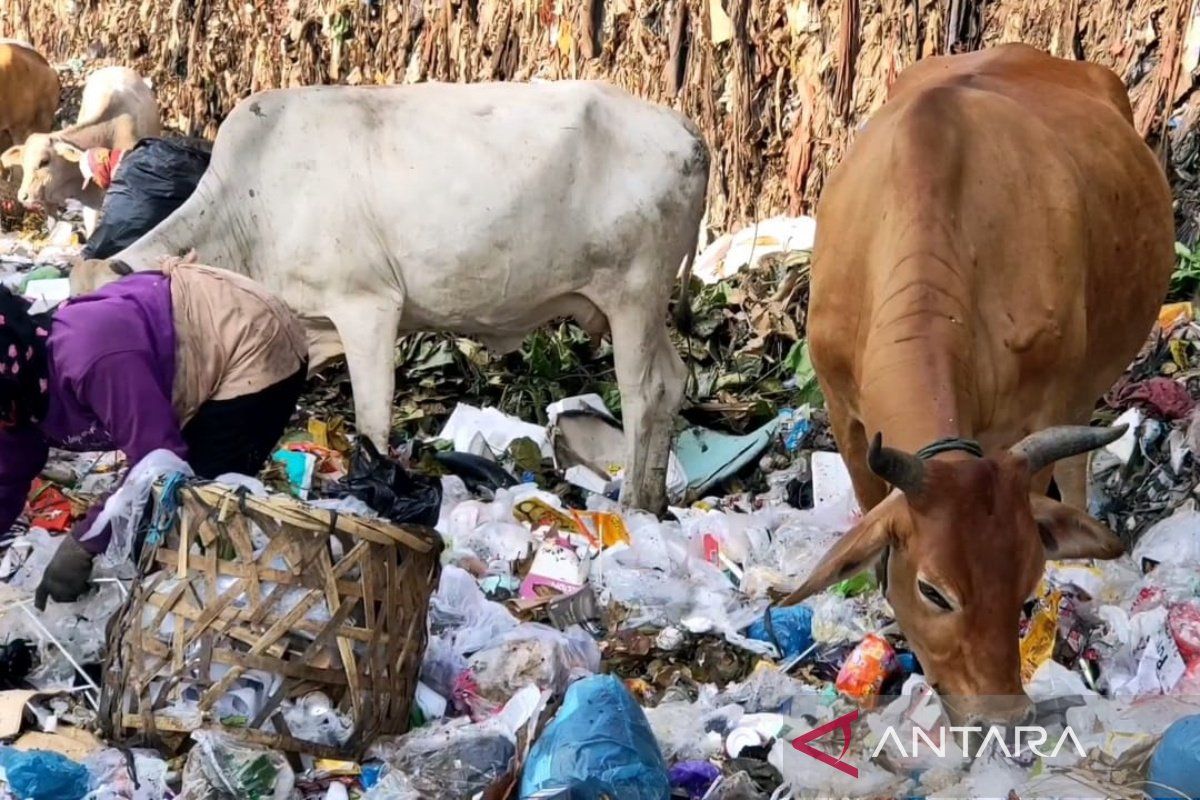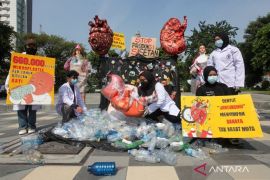This finding underscores the need to halt cattle grazing in these areas—a common practice used to reduce organic waste.
In an online discussion on Thursday, Itsnainingrum Sekar Wijaya, project development officer at Gita Pertiwi, said that the research team, in collaboration with the Nexus3 Foundation and several universities, studied two cows from the Jatibarang and Putri Cempo TPAs in Central Java in 2023.
The research aimed to assess the impact of cattle grazing at these sites.
"Microplastics were found in both cows," Wijaya stated.
The results showed higher concentrations of microplastics in the blood and organs of both cows, with the cow from the Jatibarang TPA showing more significant contamination.
Polyethylene terephthalate (PET) was the most common polymer found, while polyvinyl chloride (PVC) and nylon were more prominent in samples from the Jatibarang cow.
Samples from the Putri Cempo cow contained ethylene vinyl acetate (EVA) and polypropylene (PP), along with PET.
The discovery highlights the serious risks associated with grazing livestock at TPAs.
Not only are the animals exposed to hazardous substances like microplastics, but they also yield lower-quality meat, diminishing their market value.
Bonusa Huda, an analytical and environmental chemist at the Nexus3 Foundation, emphasized another concerning issue: the presence of persistent organic pollutants (POPs) in the cow samples.
These harmful substances, often byproducts of incomplete plastic waste combustion, can remain in the environment for long periods.
"It's imperative to discourage livestock grazing at TPAs to reduce the risk of both microplastic and POP contamination in animals," Huda added. Related news: BRIN reveals increased microplastic concentration during pandemic
Related news: Microplastics can enter human body through several ways: Expert
Translator: Prisca Triferna Violleta, Aditya Eko Sigit Wicakso
Editor: Anton Santoso
Copyright © ANTARA 2024









